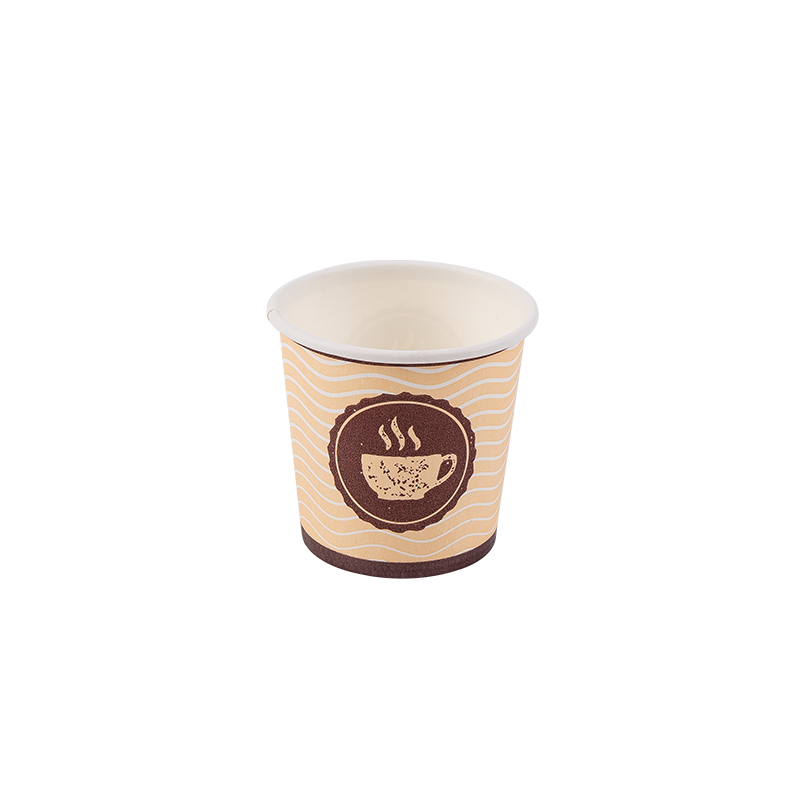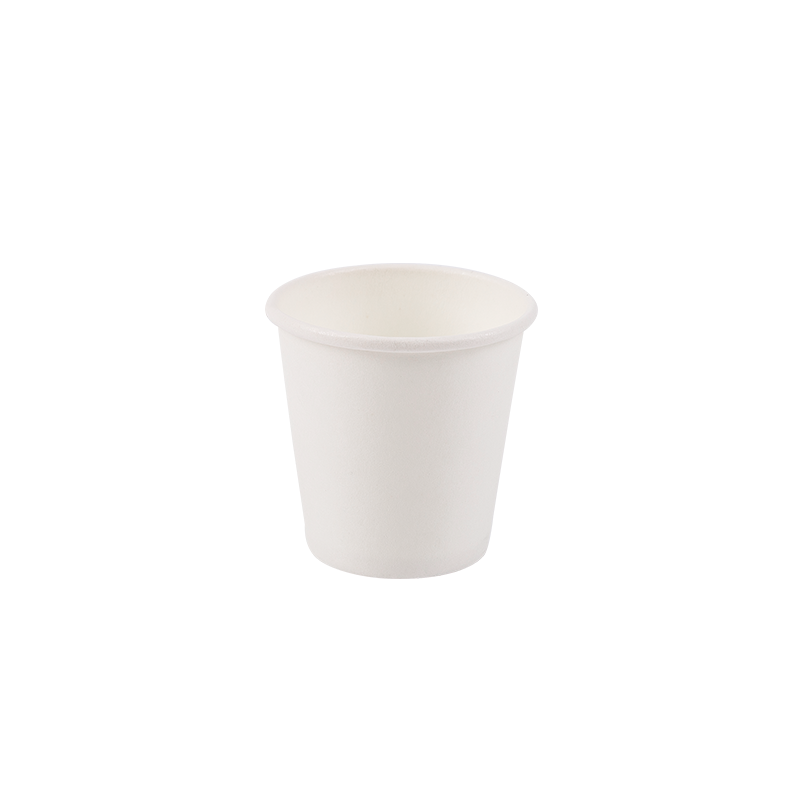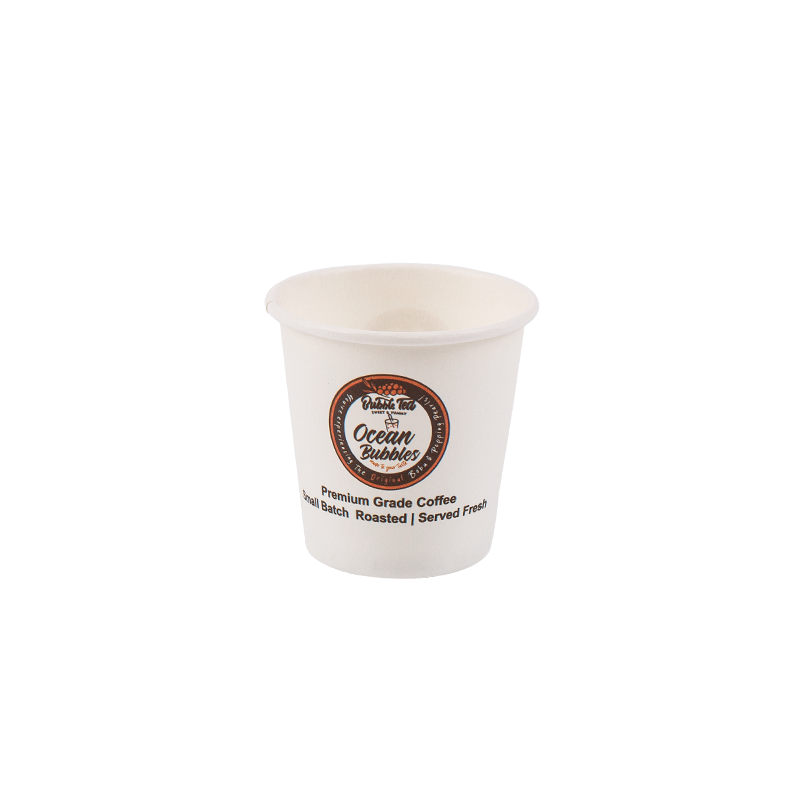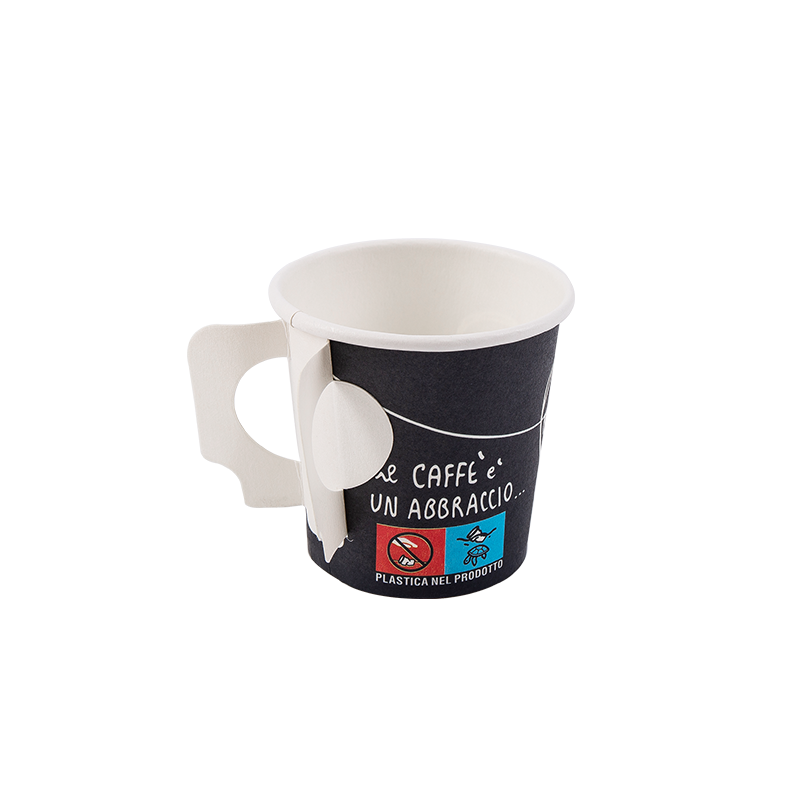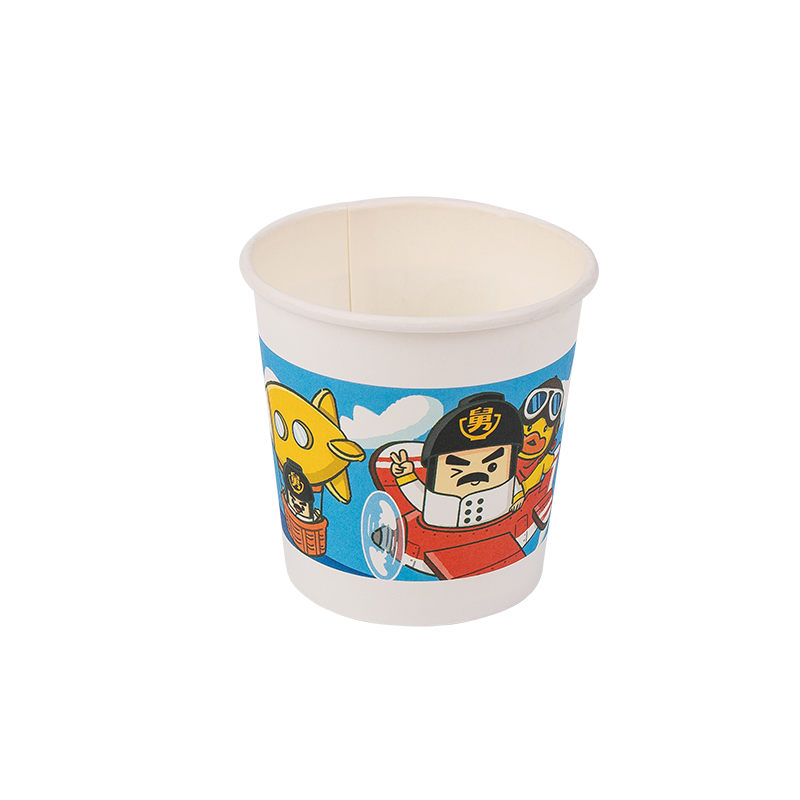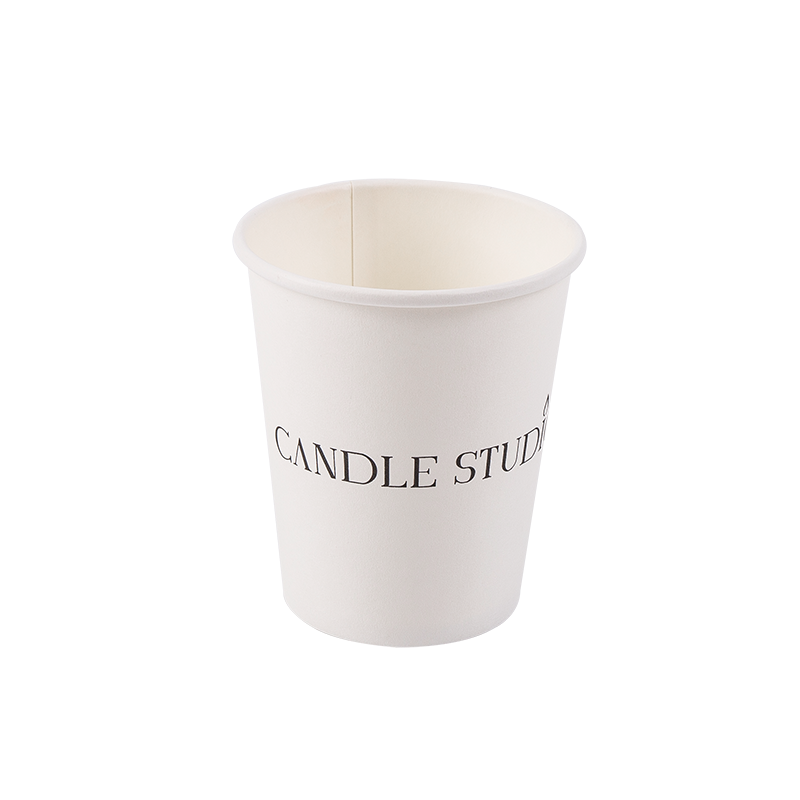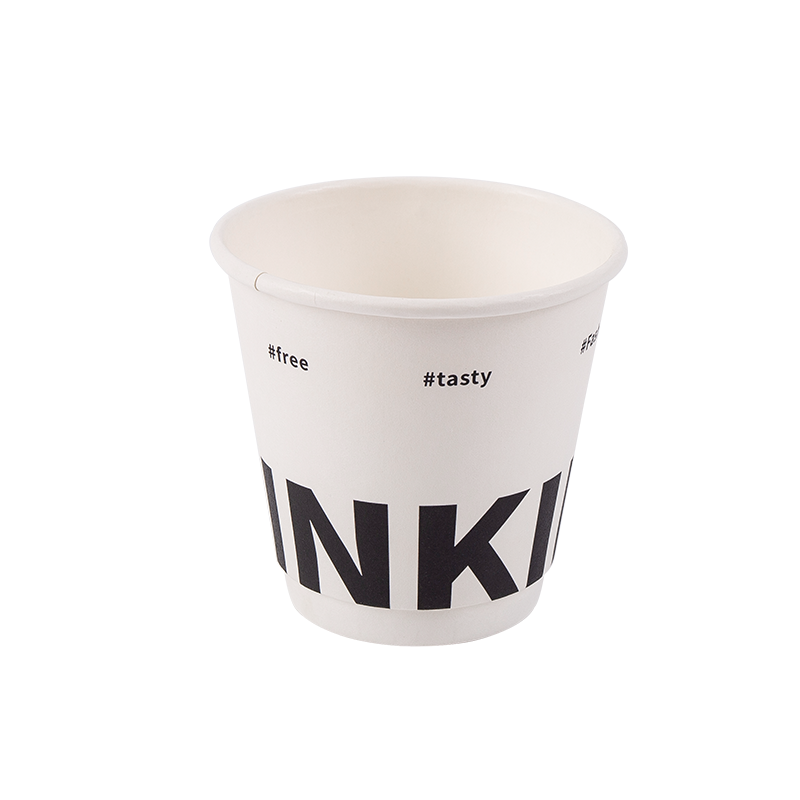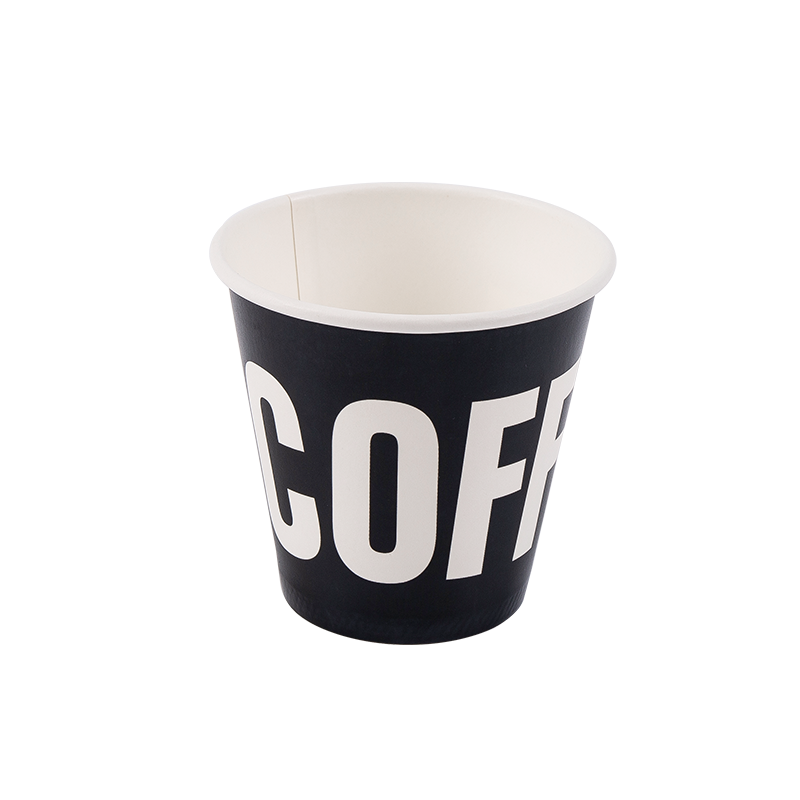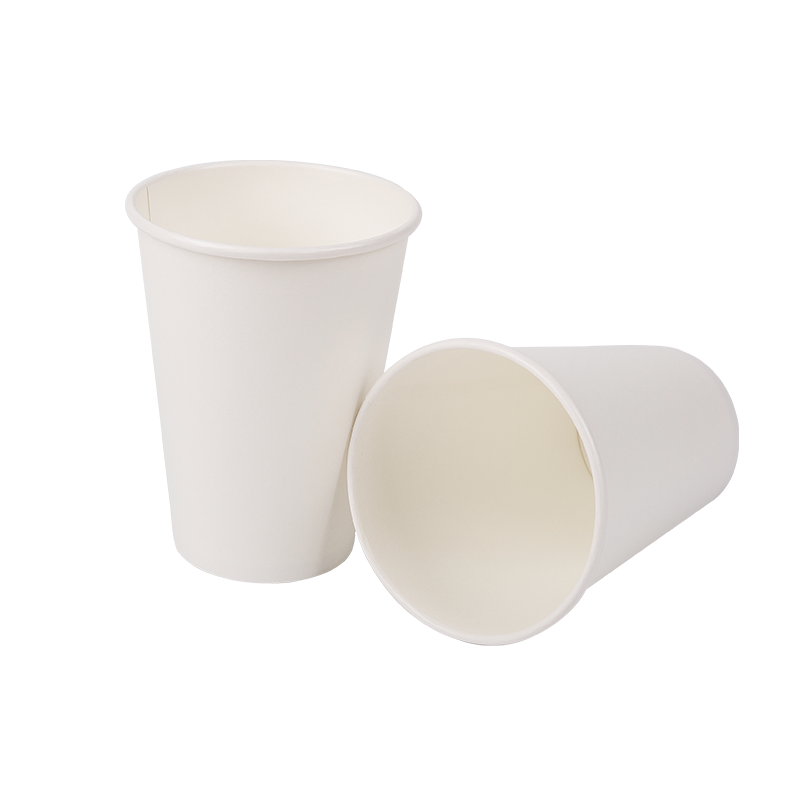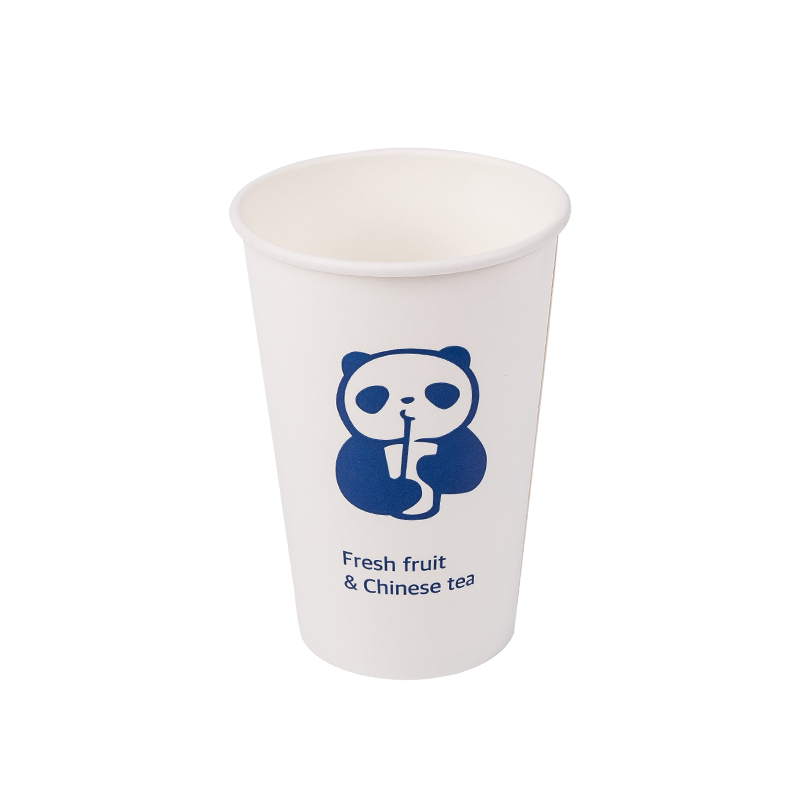Coffee paper cups are essential for the modern food and beverage industry, offering a convenient, disposable option for serving hot drinks. Their manufacturing process is a combination of advanced material science, precision engineering, and high-speed automation to ensure durability, safety, and aesthetic appeal. Below is a detailed breakdown of the manufacturing steps:
1. Raw Material Selection and Preparation
The foundation of coffee paper cups is high-quality paperboard, typically made from virgin wood pulp or recycled fibers. The paperboard used is thicker than regular paper, usually ranging from 200 to 350 grams per square meter (gsm), to provide sufficient rigidity and strength.
Paperboard Grades: Different grades are chosen depending on the intended cup size and usage conditions.
Coatings: To make the paperboard liquid-resistant, it is coated with a thin layer of polyethylene (PE), a type of plastic. Alternatively, for environmentally friendly cups, coatings such as PLA (polylactic acid) derived from renewable resources like corn starch are used. These coatings provide the essential moisture barrier and heat resistance.
2. Printing and Design Application
Before the paperboard is formed into cups, it undergoes printing using high-speed rotary or flexographic printing machines. This step is critical for branding and marketing.
Inks: Food-grade, non-toxic inks that withstand heat and moisture are used.
Design Complexity: From simple logos to multi-color intricate designs, printing can be tailored to customer requirements.
Quality Control: Color consistency and print alignment are monitored to ensure premium presentation.
3. Coating Process
After printing, the paperboard is further processed to enhance its functionality:
Plastic Coating: The side of the paperboard that will contact the beverage is coated with polyethylene or PLA in a thin, uniform layer. This coating acts as a moisture barrier to prevent the cup from soaking and disintegrating.
Application Methods: Coatings are typically applied by extrusion coating or lamination techniques.
Sustainability Considerations: With growing environmental concerns, many manufacturers now opt for biodegradable coatings that allow composting while maintaining cup integrity.
4. Cup Forming and Shaping
The coated and printed paperboard is fed into automated cup-forming machines. This stage involves several mechanical operations:
Cutting: Circular blanks are punched from the paperboard for the cup walls and bottoms.
Shaping: The sidewall blank is rolled into a cylinder, and the edges are sealed using heat and pressure. The most common sealing method is heat sealing polyethylene layers to form a leak-proof bond.
Bottom Sealing: The circular bottom piece is inserted and heat-sealed to the cylindrical wall. This seam is carefully controlled to avoid leaks.
Rim Rolling: The cup's rim is rolled outward, creating a smooth edge for user comfort and enabling secure lid fitting.
These machines can produce hundreds to thousands of cups per minute, depending on the model.
5. Quality Assurance and Testing
Robust quality control procedures ensure the cups meet all safety and performance standards:
Leak Testing: Cups are filled with water or subjected to pressure to detect leaks.
Strength Testing: Structural integrity is tested by compressing or bending the cups.
Dimensional Accuracy: Measurements ensure the cups fit standard lids and meet volume specifications.
Visual Inspection: Print quality and coating uniformity are checked visually and with sensors.
6. Packaging and Shipping
Finished cups are automatically stacked and wrapped in protective packaging, often in batches of 50, 100, or 1000.
Protective Wrapping: This prevents contamination and damage during transportation.
Labeling: Packaging is labeled with size, quantity, and batch number for inventory management.
Distribution: Cups are shipped globally to cafes, restaurants, vending machine suppliers, and retailers.
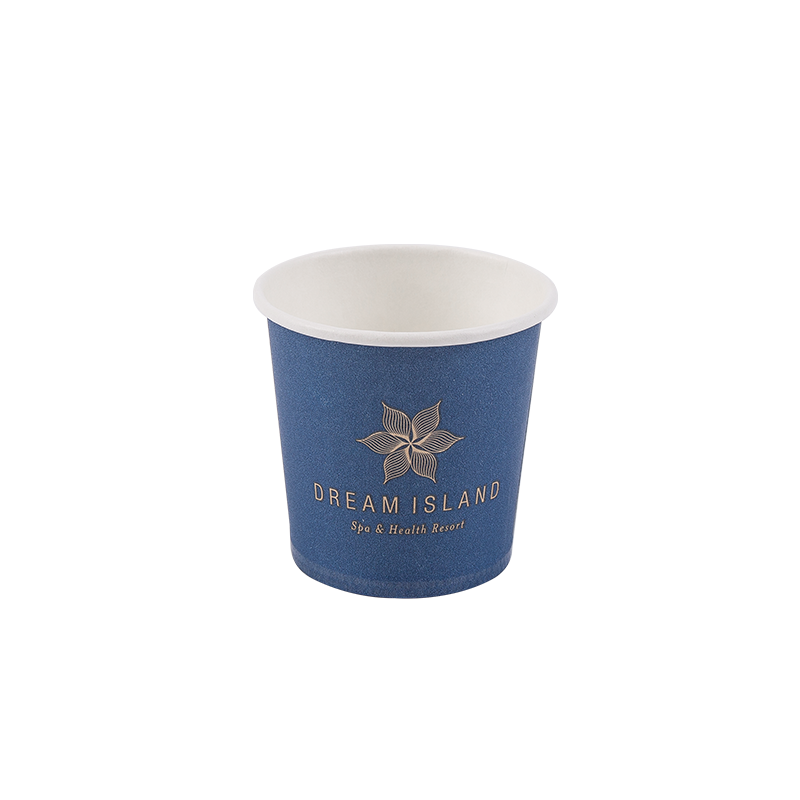










 English
English русский
русский Español
Español 中文简体
中文简体